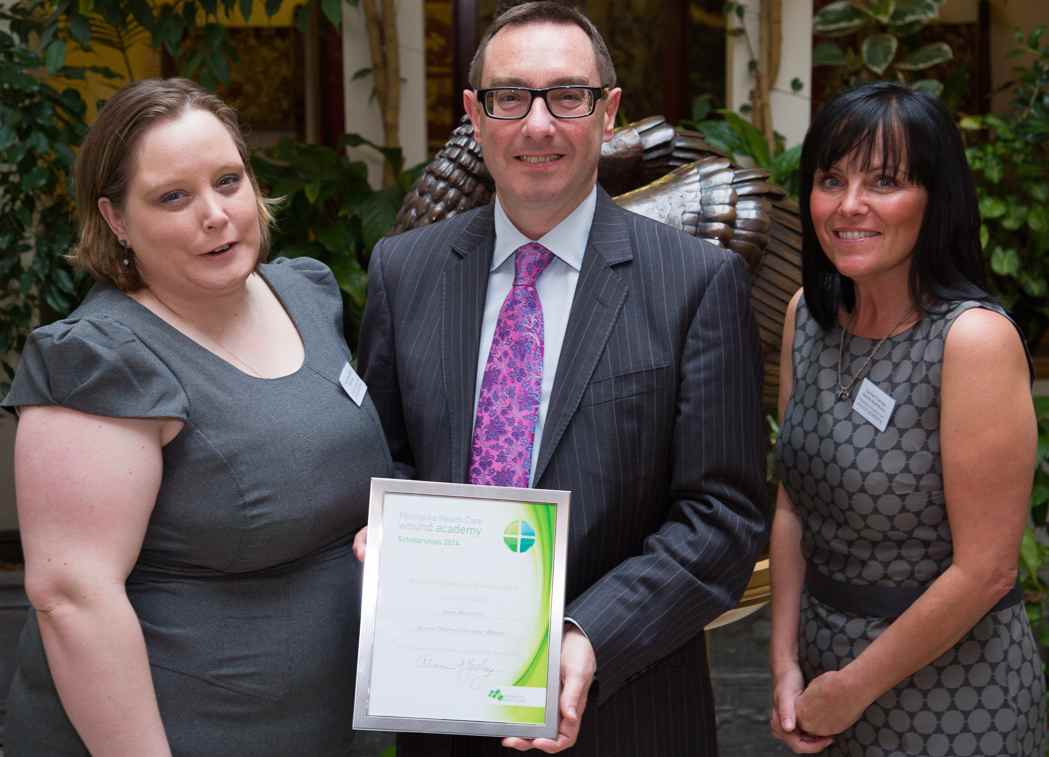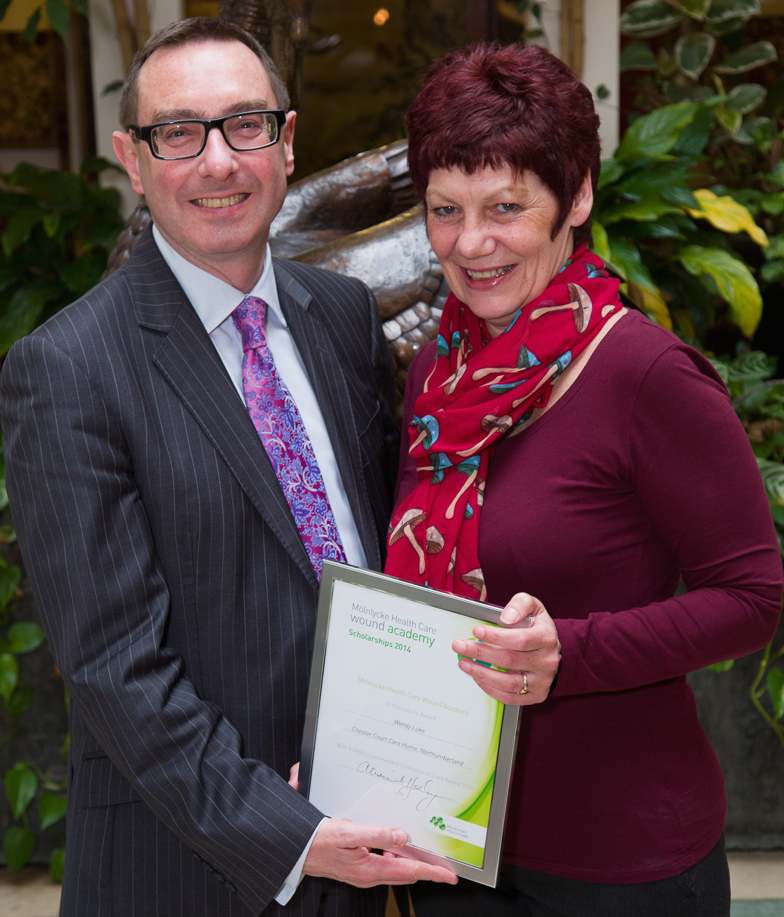

Urinary catheterisation is as old as the hills, affects thousands of people a year and costs millions of pounds. And yet patients continue to suffer catheter associated urinary infections (CAUTI), or experience discomfort during the procedure or while the catheter is in situ. Add to this the fact that primary care workloads never get lighter, and it would seem obvious that this most basic of all procedures should be simple. So, refreshing one’s knowledge base can only help.
Lymphoedema is frequently misunderstood and thus mismanaged. This article, taken from the document ‘Best Practice For the Management of Lymphoedema – 2nd Edition: Surgical Intervention – A position document on surgery for lymphoedema’, outlines the causes of this disease, its classification and progression and the signs to be aware of.
The cornerstones of lymphoedema management as outlined in the literature include:
Compression bandaging plays a central role in the management of all forms of chronic oedema and lymphoedema.

Patients receiving end-of-life care are susceptible to pressure ulcers and other wounds. However, all too often, these are viewed as untreatable as it is unlikely that they will heal. In this article, Helen Mountford, the 2014 Mölnlycke Wound Academy Scholarship winner, outlines why wound care is important in paediatric end-of-life care, her work in this area to date, and what she hopes to achieve as a result of winning the Scholarship.
A substantial increase in the number of residential home patients referred to the Integrated Community Team (ICT) for pressure ulcer management highlighted the need for ongoing improvements in care standards with these homes. In response, a project was defined with the specific aim of enhancing the standard of care within RHs. This article, adapted from a poster presented at the European Wound Management conference 2014, outlines a collaborative initiative between the Tissue Viability Service, Basildon ICT, and Smith & Nephew.

In this case-study, the highly commended entry in the Molnlycke Wound Cademy Scholarship and Awards, Wendy Luke outlines the care of a patient with Chronic Obstructive Pulmonary Disease. It shows how Wendy and the team had worked together to find a suitable dressing that would both maintain the seal on her ventilation mask, and allow treatment to be applied to the small pressure ulcer on her face.
Mepitel One as a primary dressing was used as it could be removed without pain or trauma. The wound healed, and the patient continue to use the dressing prophylactically.